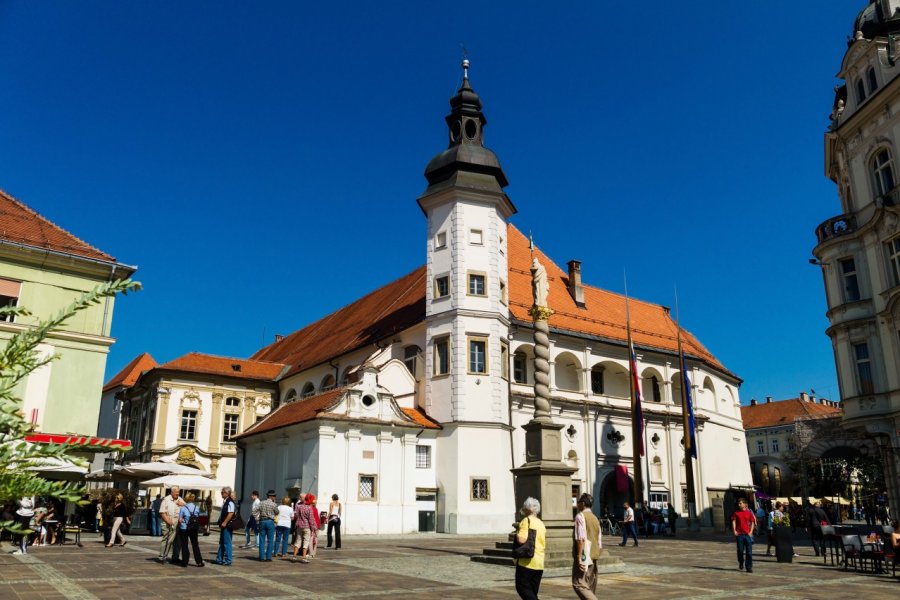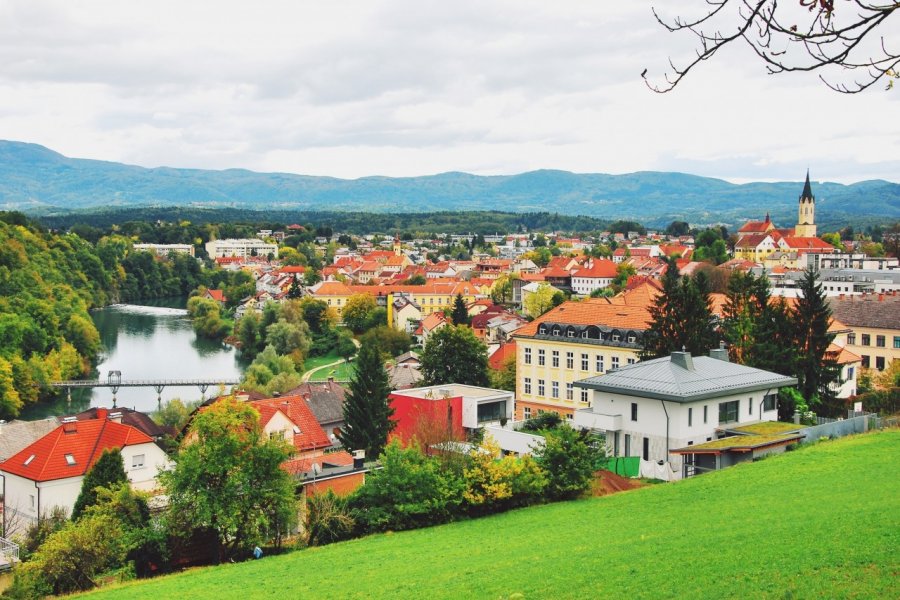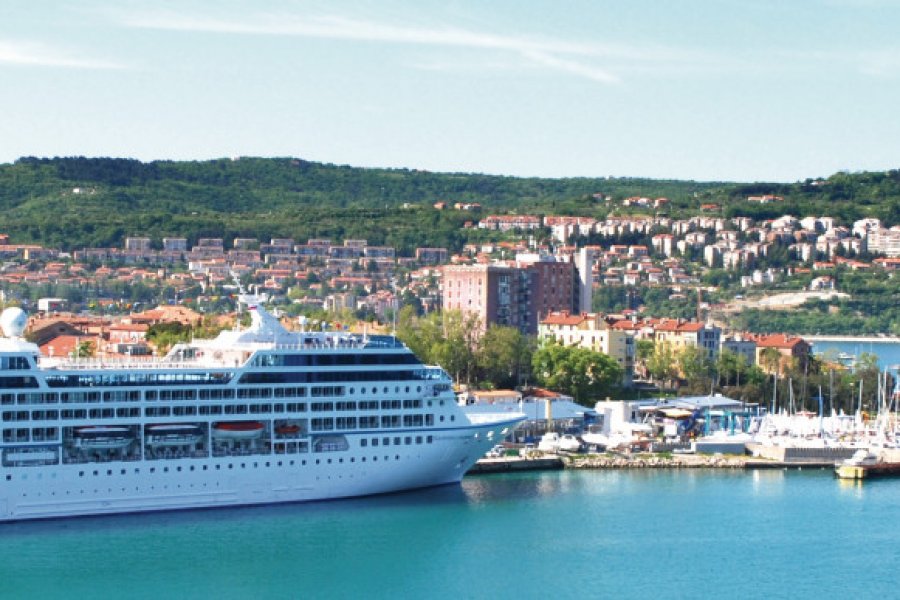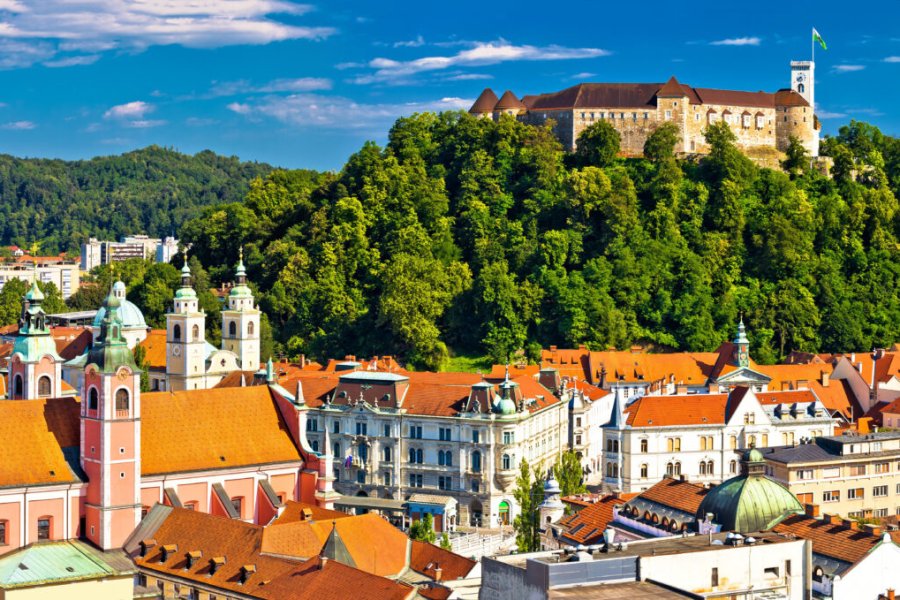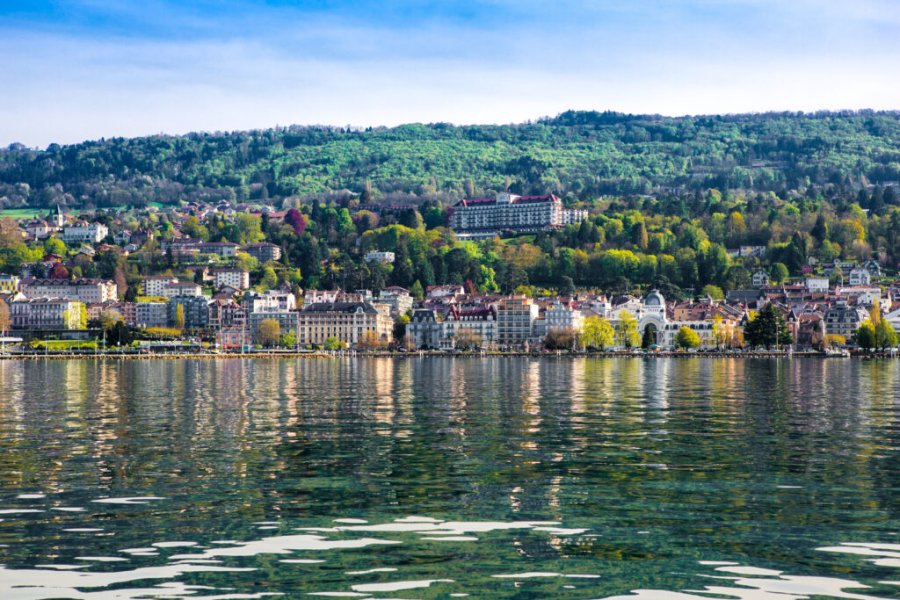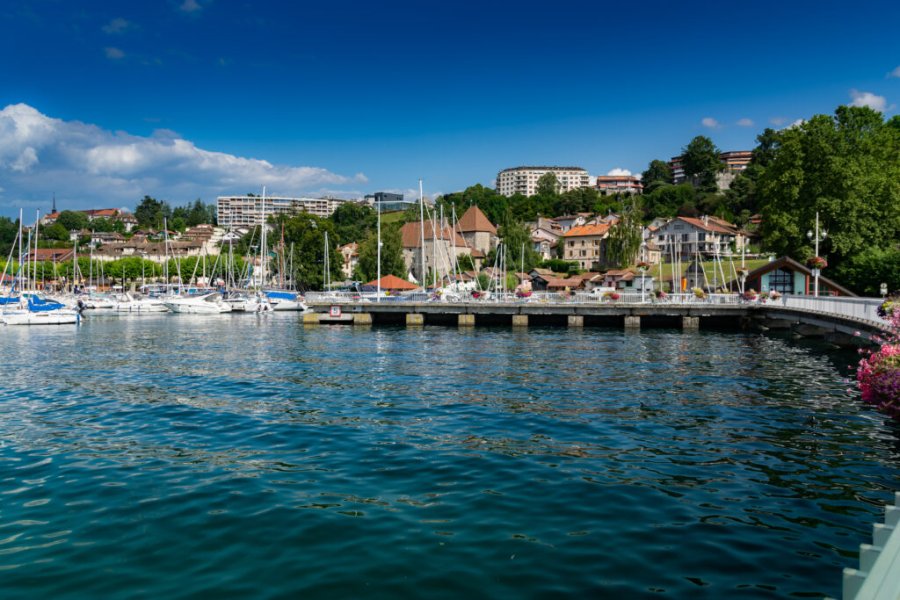The historical heritage of the cities of Slovenia
Highlights of the trip
During your stay you can enjoy the following highlights: Culture / Heritage.
Best times to go
The best time(s) to go is/are : Printemps, Eté.
Petit Futé
Where to stay in : Maribor ?
The map of your stay "The historical heritage of the cities of Slovenia"
Detail of the stay : The historical heritage of the cities of Slovenia
How to get there - Maribor
Maribor
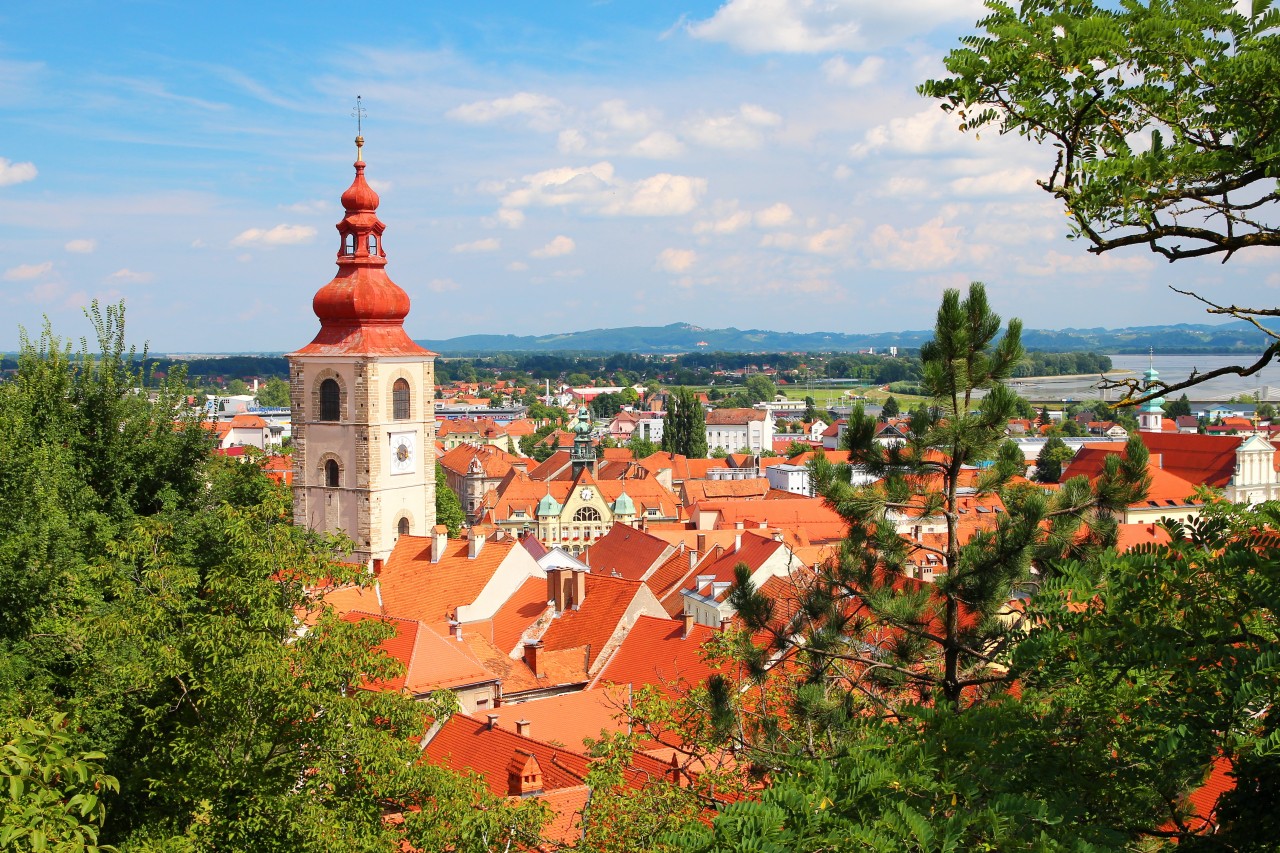
Steps: Maribor
We recommend starting the tour in Maribor, the second largest city in the country. Built on the banks of the Drava River, which was once an important transportation route, the city is home to various palaces and splendid buildings, including the Betnava manor house or the Maribor castle. However, its greatest asset is its vineyards: the city is surrounded by centuries-old vines which are the subject of several events (pruning, grape harvests...).
Ptuj

Steps: Ptuj
Downstream of the River is Ptuj. The oldest city of Slovenia, it has been the scene of several battles. The rich memories of his past are kept in the castle museum. The stopover will take place in the Prešernova Ulica, a narrow street in the city centre topped with ancient facades, before taking a look at the two ancient monasteries of the city, one Franciscan, the other Dominican.
Konjice
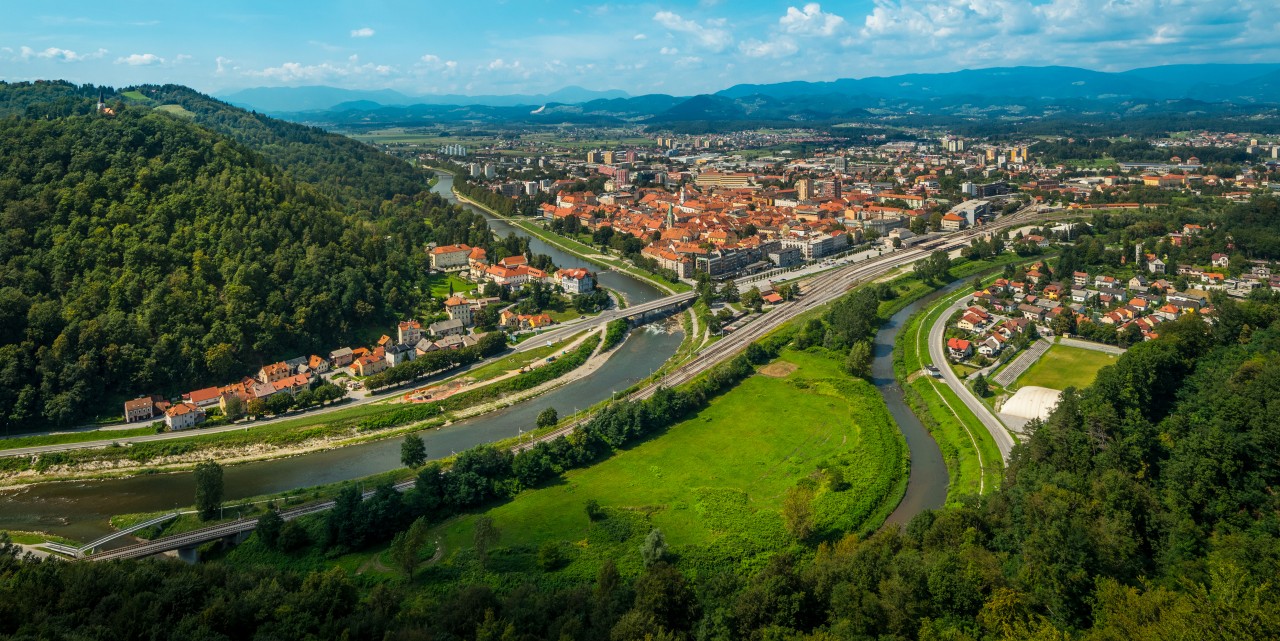
Steps: Slovenske Konjice
To the west, at the foot of the Konjice hills, is the village of Slovenske Konjice, known throughout the country for its flowers and especially for the Skalce vineyard, where a tasting is a must. A few kilometers away, near the village of Spitalic, is the Carthusian monastery of Zice. Built on the model of the Carthusian monasteries in France, the monastery is one of the oldest Slovenian religious buildings.
Places of interest : CHARTREUSE DE ŽIČE (ŽIČKA KARTUZIJA)
Celje

Steps: Celje
Barely entered the medieval town of Celje, the gaze is naturally on its old castle, beautifully preserved and embodying in perfection the image of a fortification of the Middle Ages: walls, meurtrières, donjon and courtyards. A visit to this imposing building is necessary, especially since the entrance is free and the viewpoint on Celje and its surroundings is, from the walls, absolutely incredible!
Places of interest : POINT DE VUE
Novo Mesto
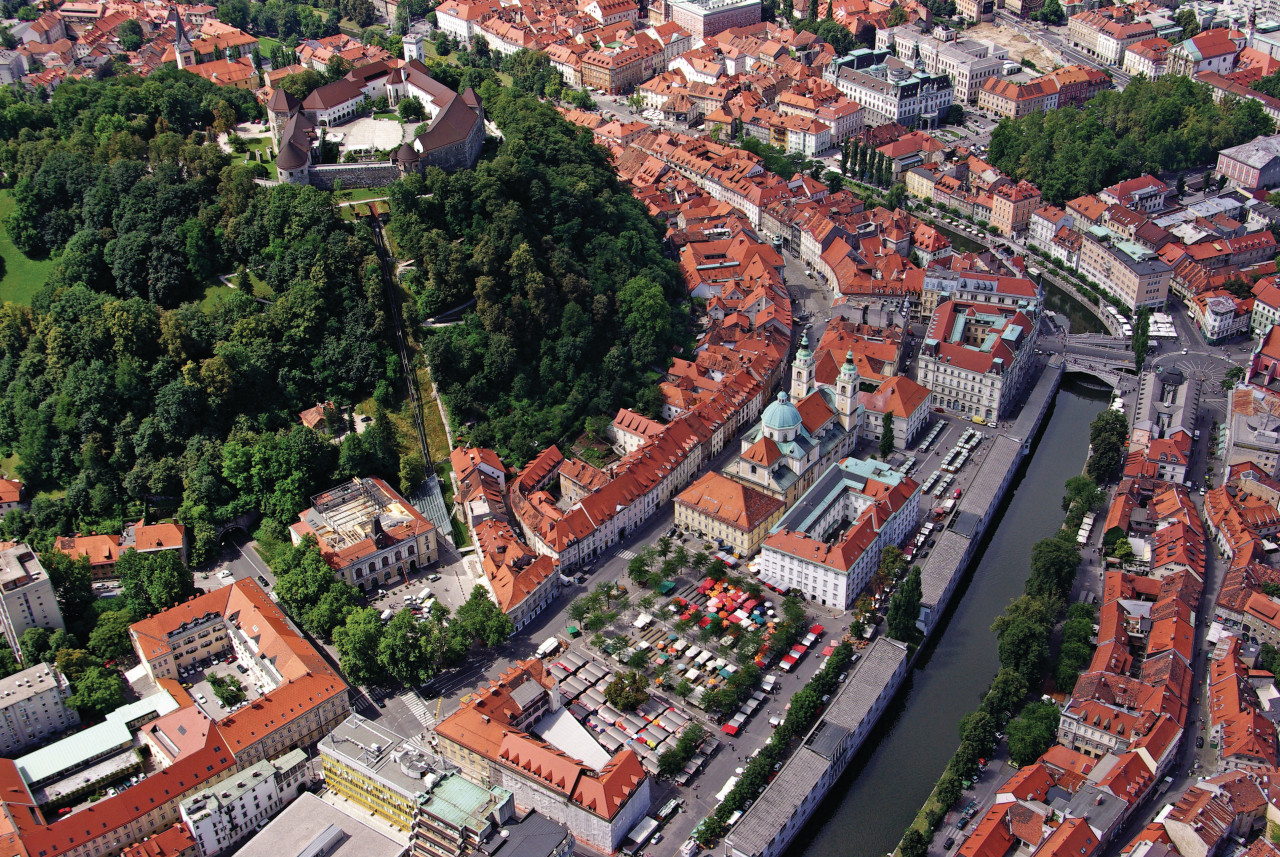
Steps: Novo Mesto
Novo Mesto, the capital of the Dolenjska region, is a very old town built in one of the meanders of the Krka River. Here too, wine growing has shaped the surrounding landscape. After discovering the town and its Franciscan monastery, a walk on the small hill of Trška Gora allows travelers to taste the historic Slovenian wine.
Ljubljana - east
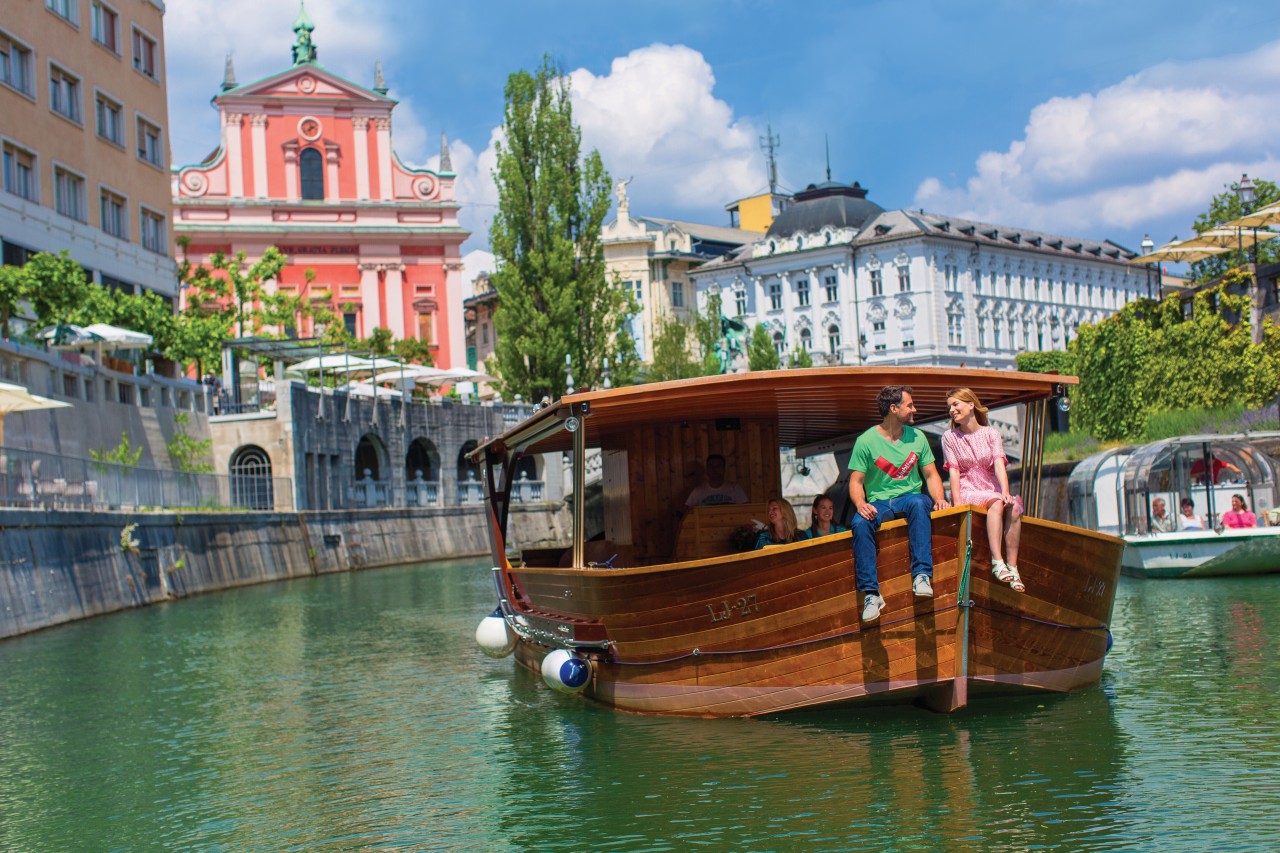
Steps: Ljubljana
Renovated at the beginning of the th century by the famous architect Joze Plečnik, Ljubljana is a capital with a human dimension. To enjoy the best of its wealth, two days are not too much to discover the old historic centre. First of all, we can concentrate on the east shore of the Ljubjanica with the Dragons Bridge, the lively market Square, the Saint Nicholas Cathedral, the Seminary palace with its library and frescos, the castle, the Stari Trg Old Street and the Saint John Church.
Places of interest : STARI TRG
Ljubljana - west bank
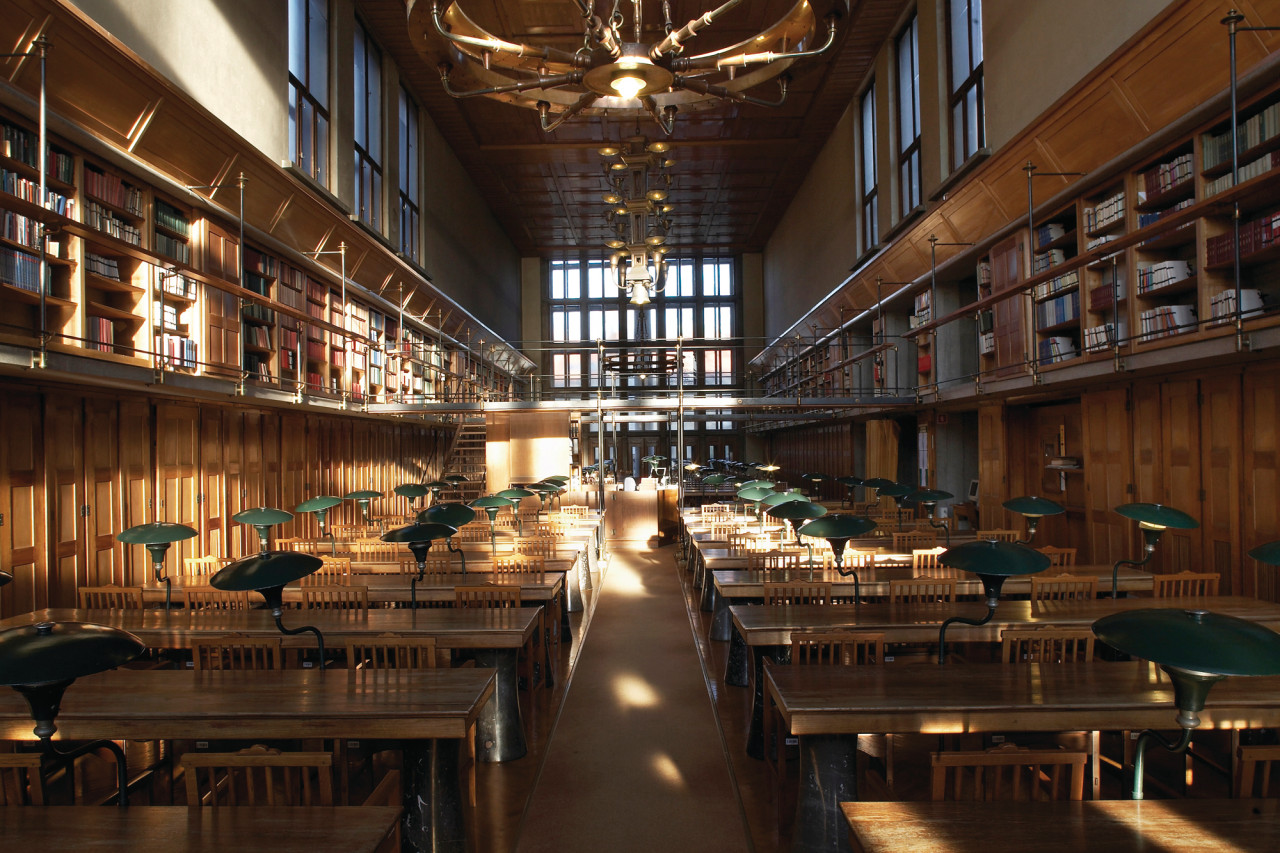
Steps: Crngrob
The second day spent in the capital, this time on the west side of the Ljubljanica, will allow you to stroll along the banks and along the famous Triple Bridge built by Joze Plečnik, and then to discover the architect's birthplace, the Church of the Virgin Mary of Good Help, theFranciscan Church of the Annunciation, but also the street of Copova which joins the Opera, the National Museum and the Gallery of Modern Art.
Places of interest : ÉGLISE DE L'ANNONCIATION MAISON DE JOŽE PLEČNIK
Skofja Loka
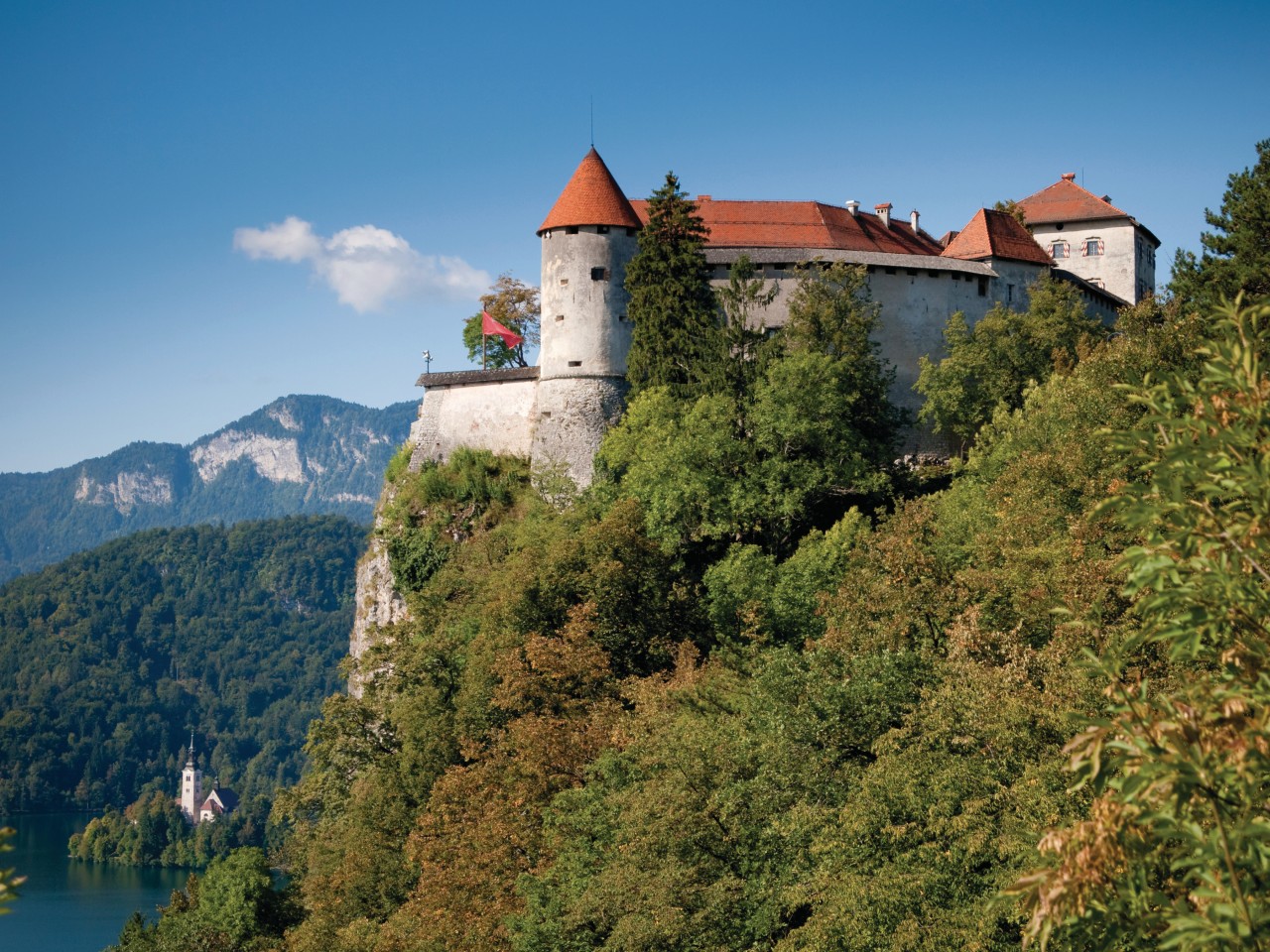
Steps: Ljubljana
Northwest of Ljubljana is Skofja Loka. Dominated by its castle of the th century, whose museum presents the era crafts, this small medieval town has been a major shopping centre. Local gastronomy is also marked by this rich past: Bakeries offer excellent honey bread and restaurants continue to prepare for past specialities.
From Bled to Dolenji Novaki
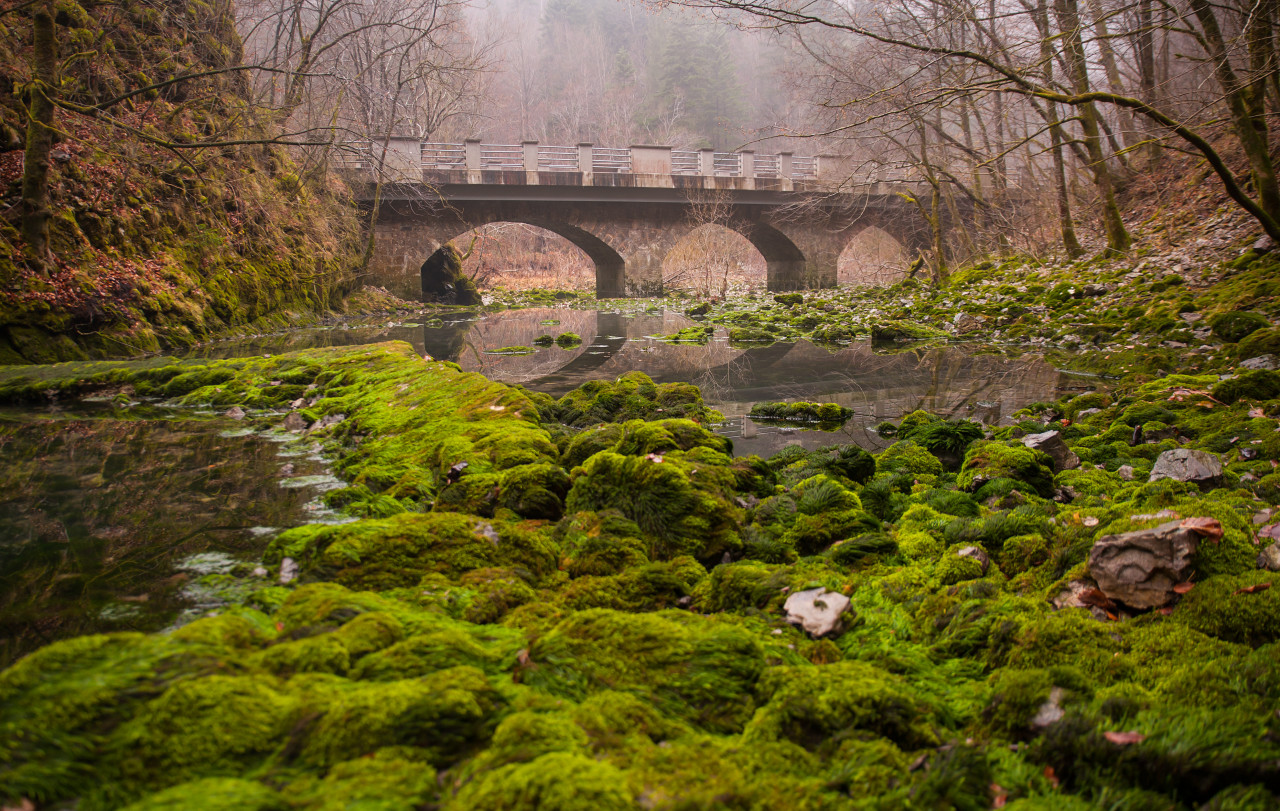
Steps: Bled
A little further north is Bled with its famous lake on which a church seems to float on its islet. The town is also known for its beautiful castle on the edge of a cliff, and for the Vintgar Gorge. From there, we will head south to visit the remains of the Second World War Franja underground hospital in Dolenji Novaki. It is a set of wooden buildings that housed 15,000 wounded during the war.
Places of interest : GORGES DE VINTGAR (SOTESKA VINTGAR)
Idrija
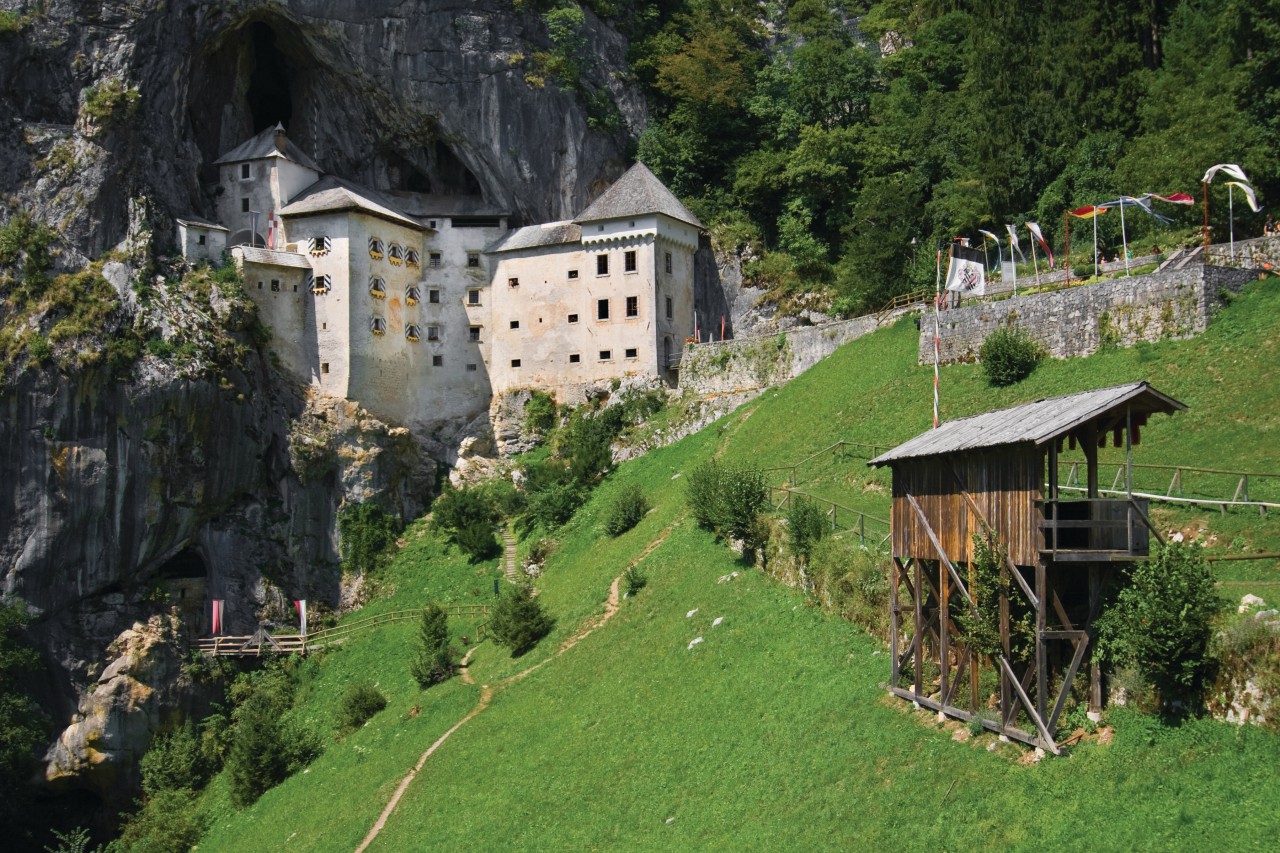
Steps: Idrija
Idrija is the first mining town in Slovenia and is also known for its lace. The Municipal Museum, located in the heart of the imposing Gewerkeneg castle, recalls the mining past of the town and gathers a very beautiful collection of laces. It is impossible to leave the place without having tasted the famous "zlikrofi" (a kind of ravioli)!
Places of interest : MUSÉE MUNICIPAL (MESTNI MUZEJ)
Postojna

Steps: Postojna
Although a cave cannot be called an architectural heritage, the Postojna cave is admirable, if only because its network is the largest in Europe. But Postojna is also famous for the Predjama Castle, which has been embedded in the rock for more than 700 years and stands 123 meters above the void. It is a real world curiosity and is considered impregnable. It was the residence of the knight Erasmus
Koper and Izola
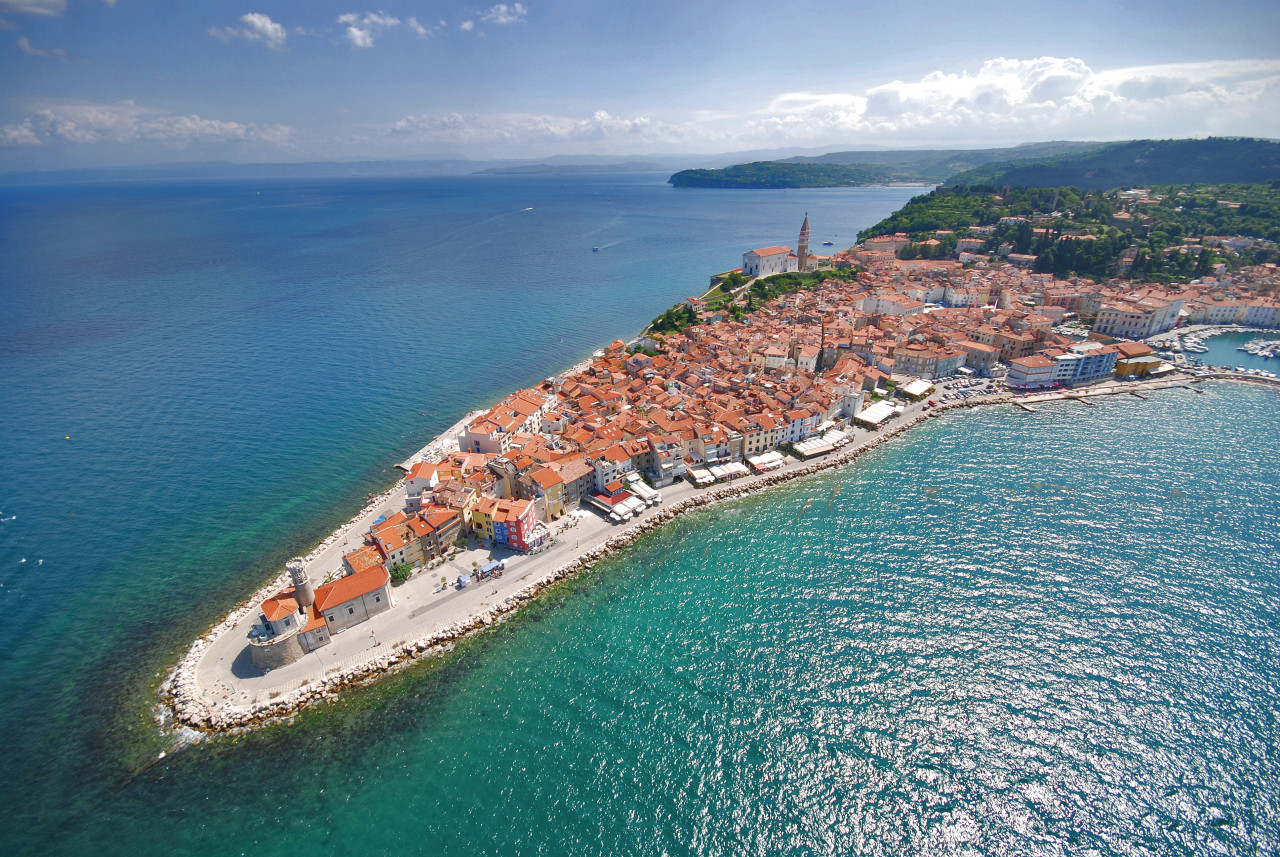
Steps: Izola
Direction the coastline for a visit to the regional museum of Koper, housed in a superb praetorian palace in the late Gothic style façade - Renaissance, perhaps one of the most impressive in Slovenia. From here, Izola will be used to admire the Palais Palace, which offers art exhibitions quite frequently.

